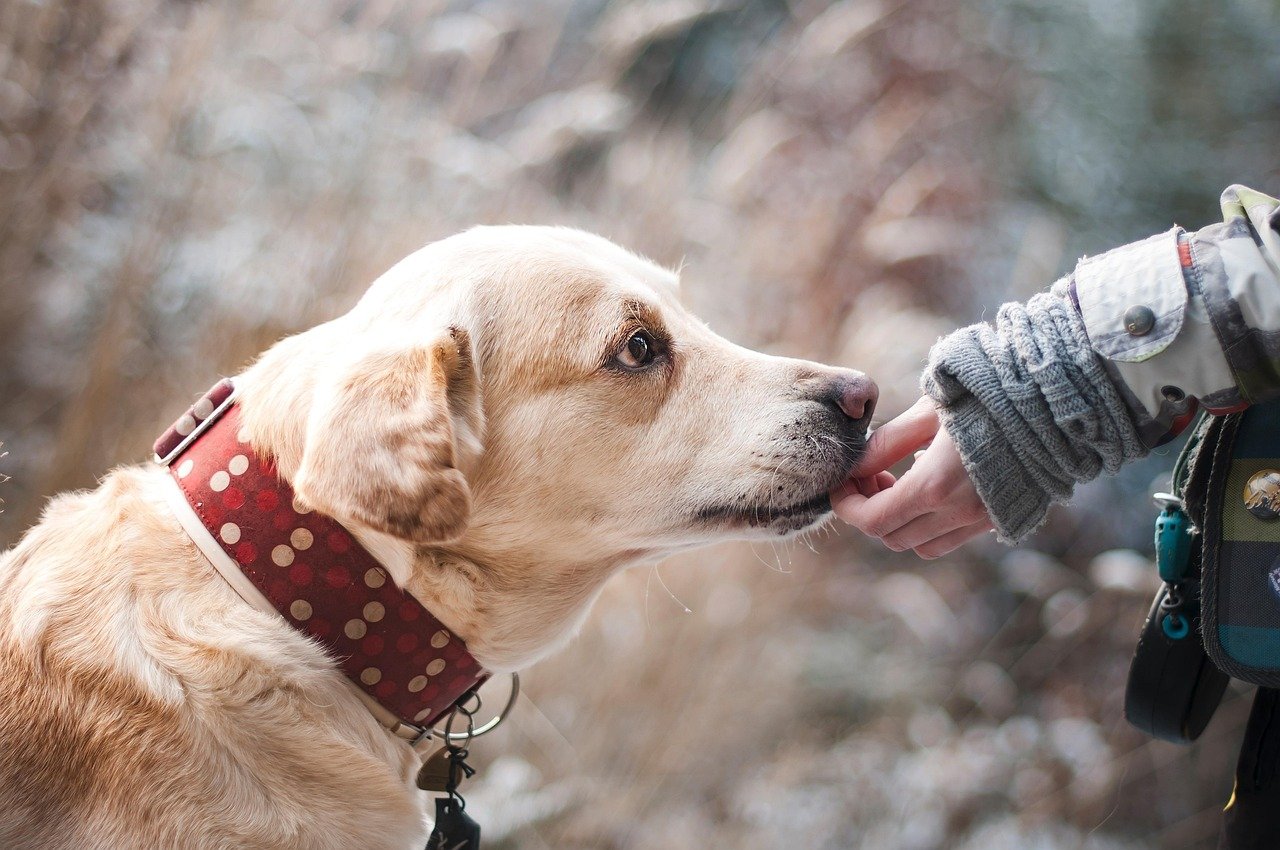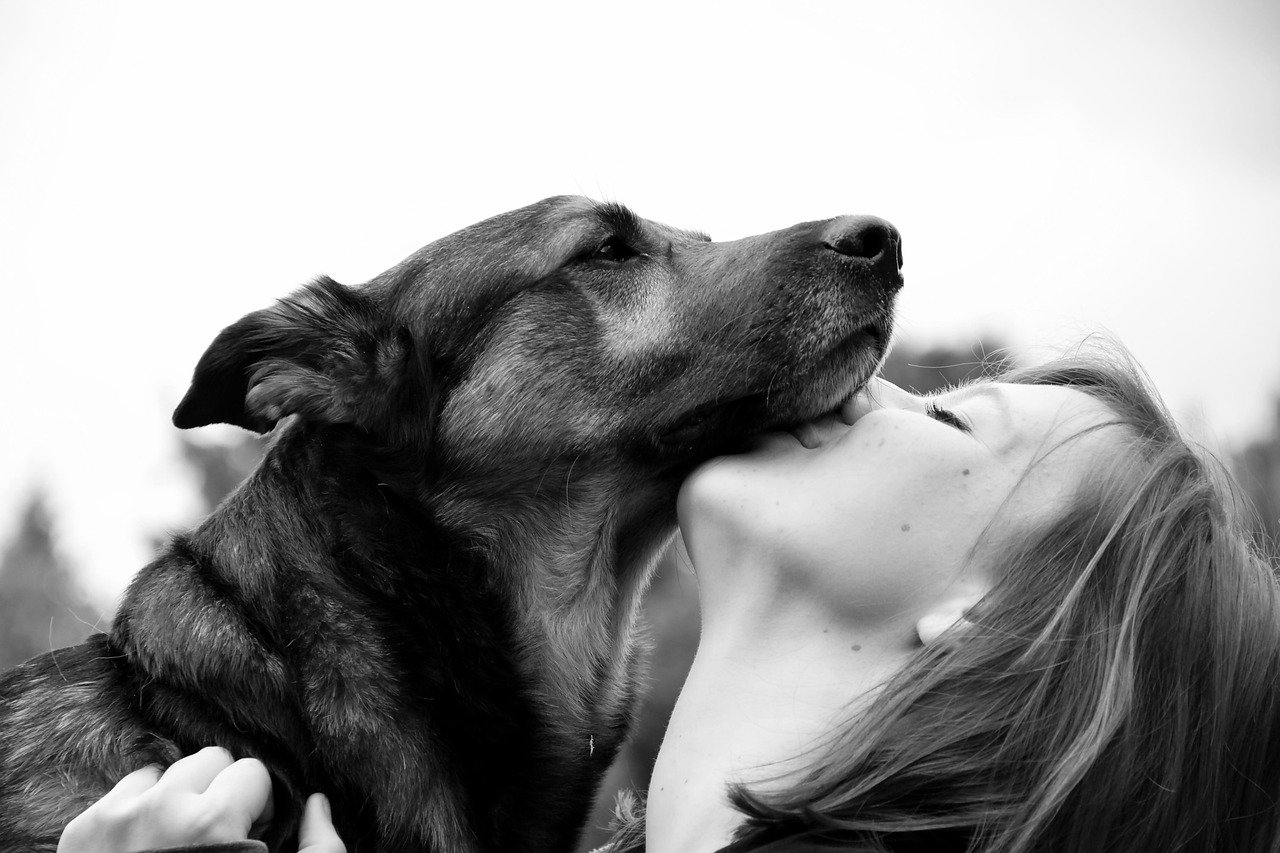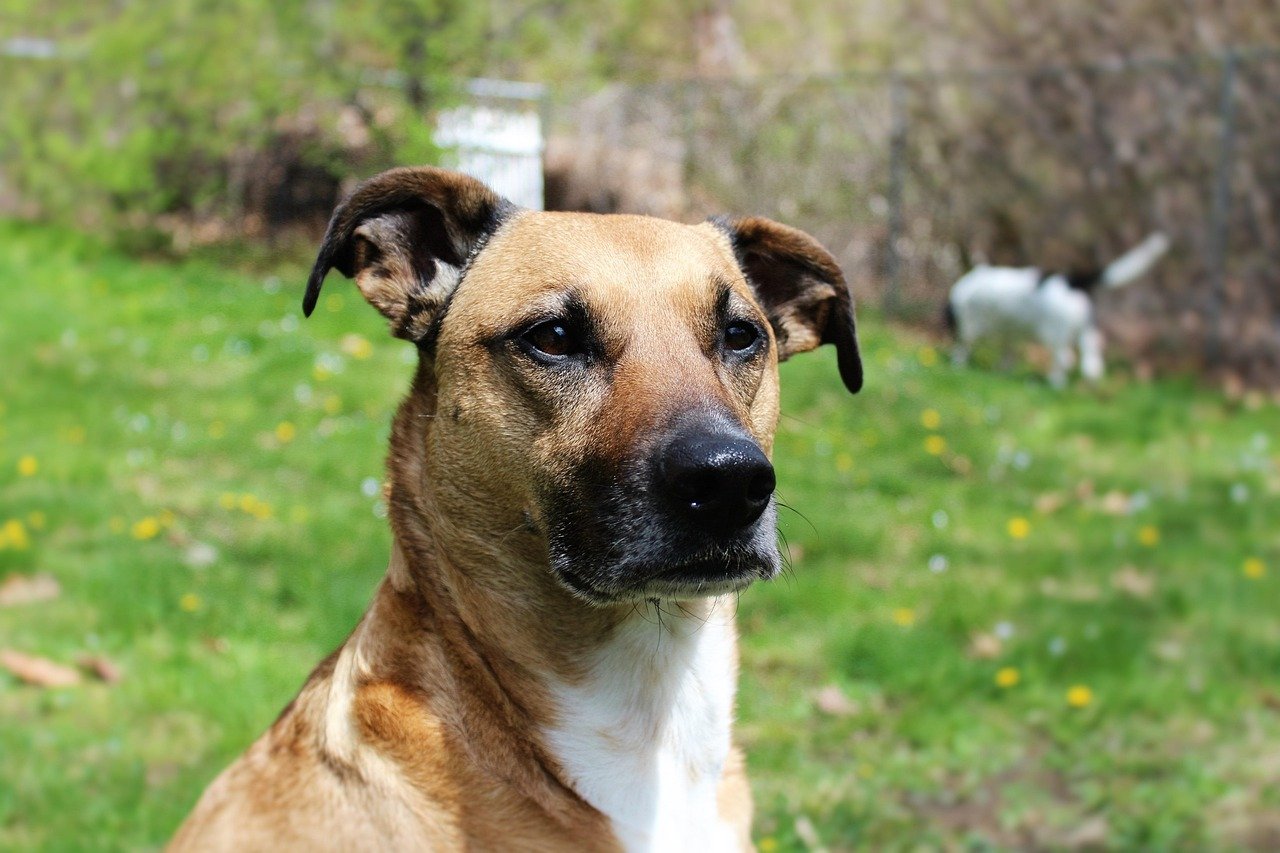Adopting a rescued dog is an act of compassion that can bring immense joy and fulfillment. However, it can also be a journey filled with unexpected emotional twists and turns. If you’ve ever wondered what kind of emotional reactions you might encounter when you bring a rescued dog into your home, you’re not alone. These furry friends often come with a rich tapestry of past experiences, both good and bad, that can manifest in surprising ways. Understanding these emotional reactions not only helps to build a stronger bond but also enables you to provide the supportive environment they need. So, what emotional responses can you expect from a rescued dog?
Initial Fear and Anxiety

Bringing a rescued dog into your home is a deeply rewarding experience—but it’s also an emotional journey, especially for your new furry friend. Many rescue dogs come with a history that’s shaped how they see the world, and their reactions in those first days, weeks, or even months can be a mix of fear, hope, confusion, and love. Understanding these emotional responses is key to building trust and helping your dog feel safe.
One of the most common emotional reactions you might notice in a rescued dog is initial fear and anxiety. Imagine being uprooted from a familiar environment and placed into a completely new one—it’s unsettling, to say the least. Dogs may show signs of anxiety by pacing, hiding, or even trembling. This is a natural reaction as they adjust to their new surroundings. It’s crucial to provide them with a quiet, safe space where they can retreat and feel secure. Over time, gentle reassurance and routine can help ease their anxiety, allowing them to settle into their new home.
Trust Issues

Rescued dogs often come with a history that may include neglect or abuse, leading to trust issues. You may find that your new furry friend is hesitant to approach you or other family members. Building trust takes time and requires patience. Consistent positive interactions, like offering treats or engaging in play, can gradually break down these barriers. Remember, trust is a two-way street, and showing your dog that you’re reliable and kind will pave the way for a strong, trusting relationship.
Overwhelming Love and Affection

On the flip side, some rescued dogs may surprise you with an overwhelming display of love and affection. Once they realize they’re in a safe and loving environment, they might become your shadow, following you everywhere. This reaction often stems from their deep appreciation for the care and attention they’re receiving. While it’s heartwarming, it’s important to set boundaries to ensure a balanced relationship. Encouraging independence, while still offering affection, will help your dog feel secure and content.
Hyperactivity
Another emotional reaction you might observe is hyperactivity. Some rescued dogs, particularly those who have spent time in shelters, may exhibit bursts of energy. This can manifest as excessive barking, jumping, or running around the house. Hyperactivity is often a sign of pent-up energy or excitement in their new environment. Regular exercise and mental stimulation can help channel this energy positively. Activities like long walks, interactive toys, and training sessions can be particularly beneficial in calming a hyperactive dog.
Depression and Lethargy
Conversely, some rescued dogs may experience depression and lethargy. This can be a result of the stress of transition or mourning the loss of their previous home. Signs include a lack of interest in play, sleeping more than usual, or a decrease in appetite. It’s essential to monitor these behaviors closely and consult a veterinarian if they persist. Encouraging social interaction and providing a consistent routine can help lift their spirits and gradually restore their zest for life.
Protectiveness

Lastly, a rescued dog might display protectiveness, especially if they feel a strong bond with their new family. This can be both a blessing and a challenge. While it’s comforting to have a loyal companion, excessive protectiveness can lead to issues like aggression towards strangers. Training and socialization are key in managing this behavior. Teaching your dog to differentiate between real threats and normal situations will help them relax and feel more at ease in various environments.
In conclusion, adopting a rescued dog is a rewarding experience that comes with its own set of emotional challenges and joys. By understanding these emotional reactions, you can better support your new canine friend as they transition into their forever home. Each dog is unique, and with time, patience, and love, they’ll become an invaluable part of your family.

Andrew Alpin from India is the Brand Manager of Doggo digest. Andrew is an experienced content specialist and social media manager with a passion for writing. His forte includes health and wellness, Travel, Animals, and Nature. A nature nomad, Andrew is obsessed with mountains and loves high-altitude trekking. He has been on several Himalayan treks in India including the Everest Base Camp in Nepal.





